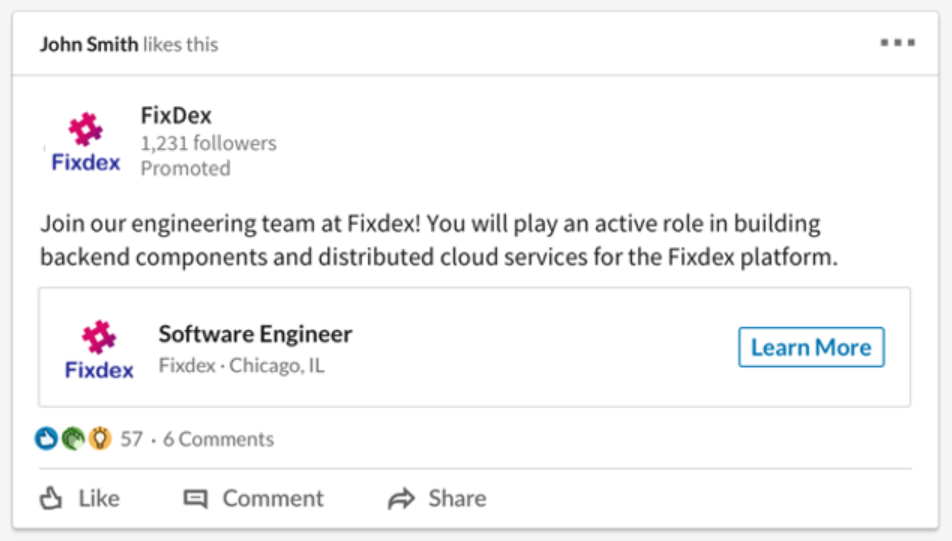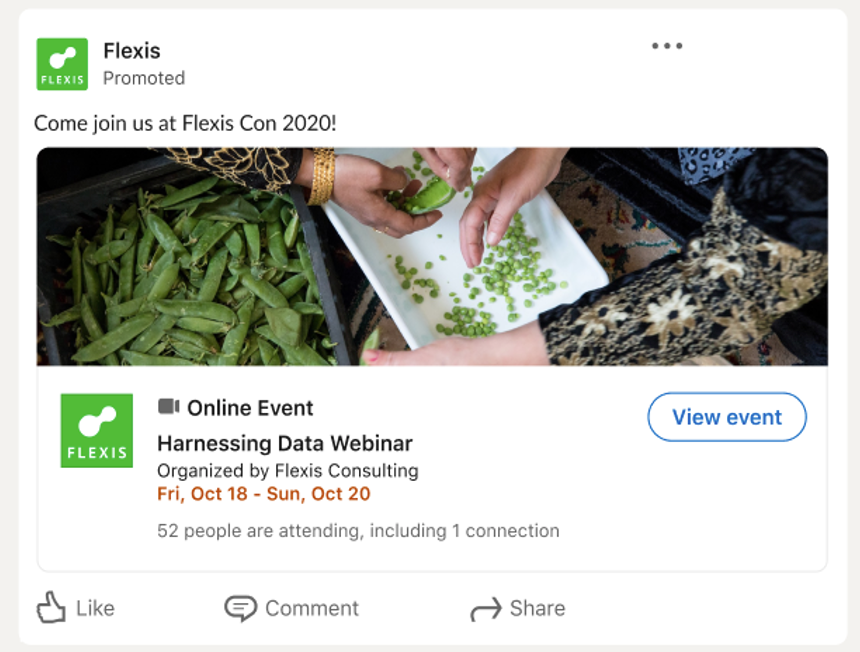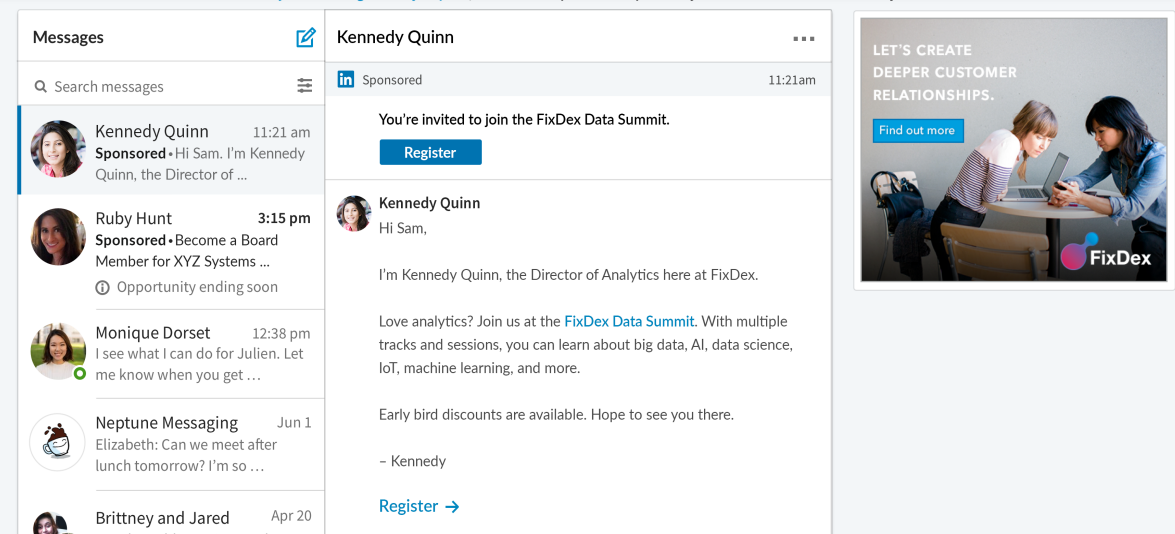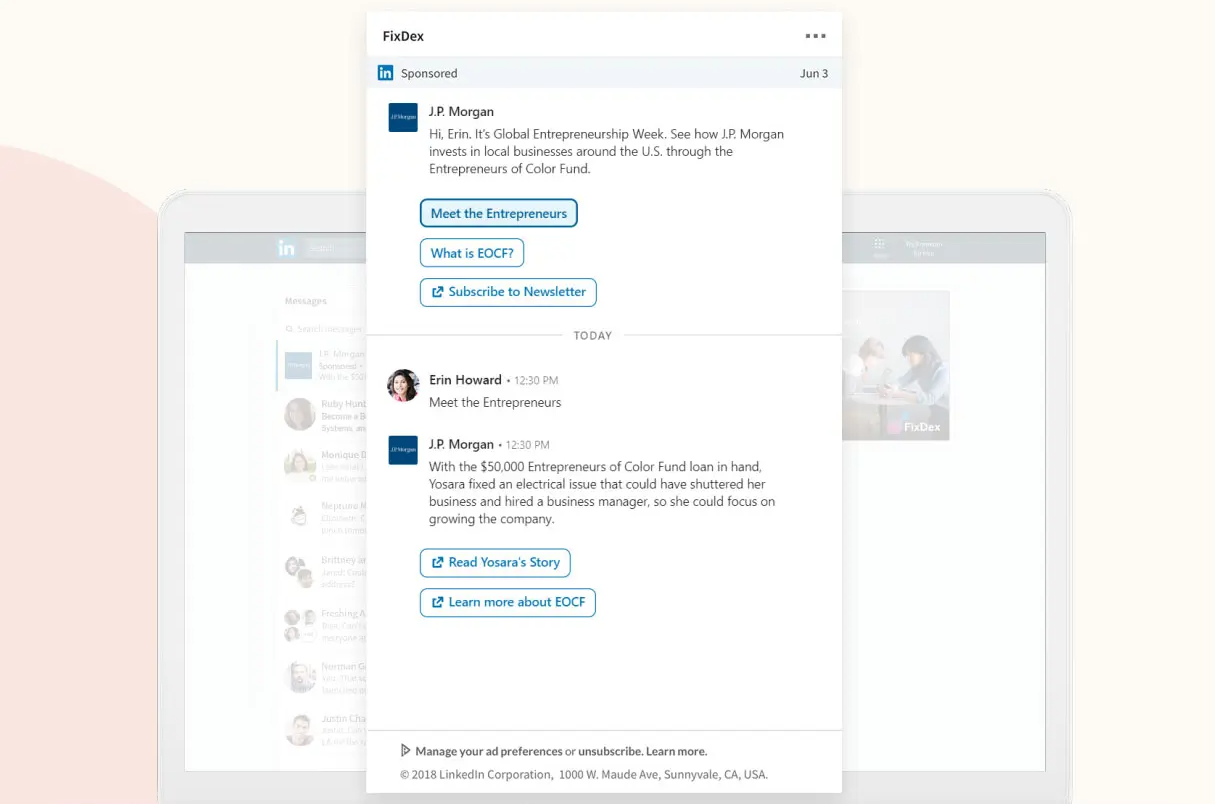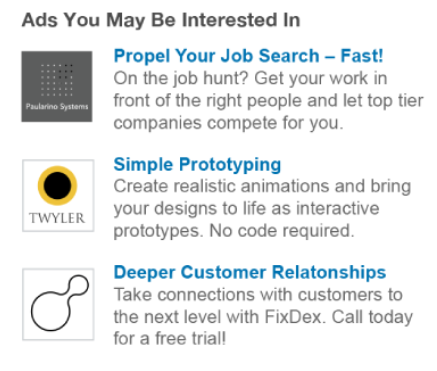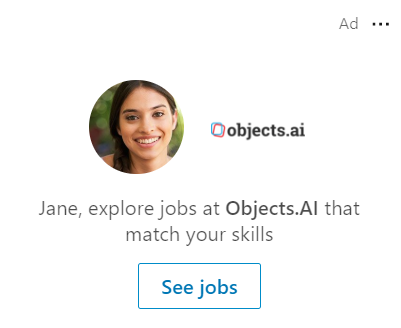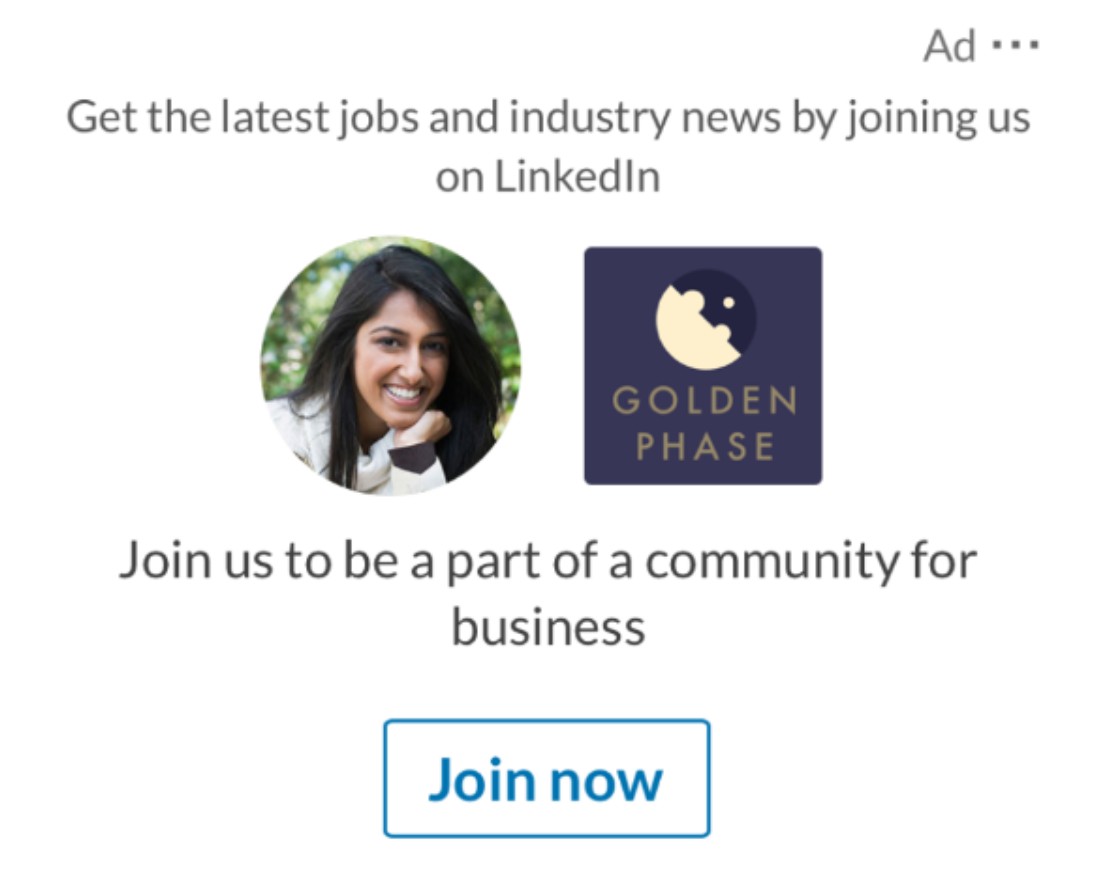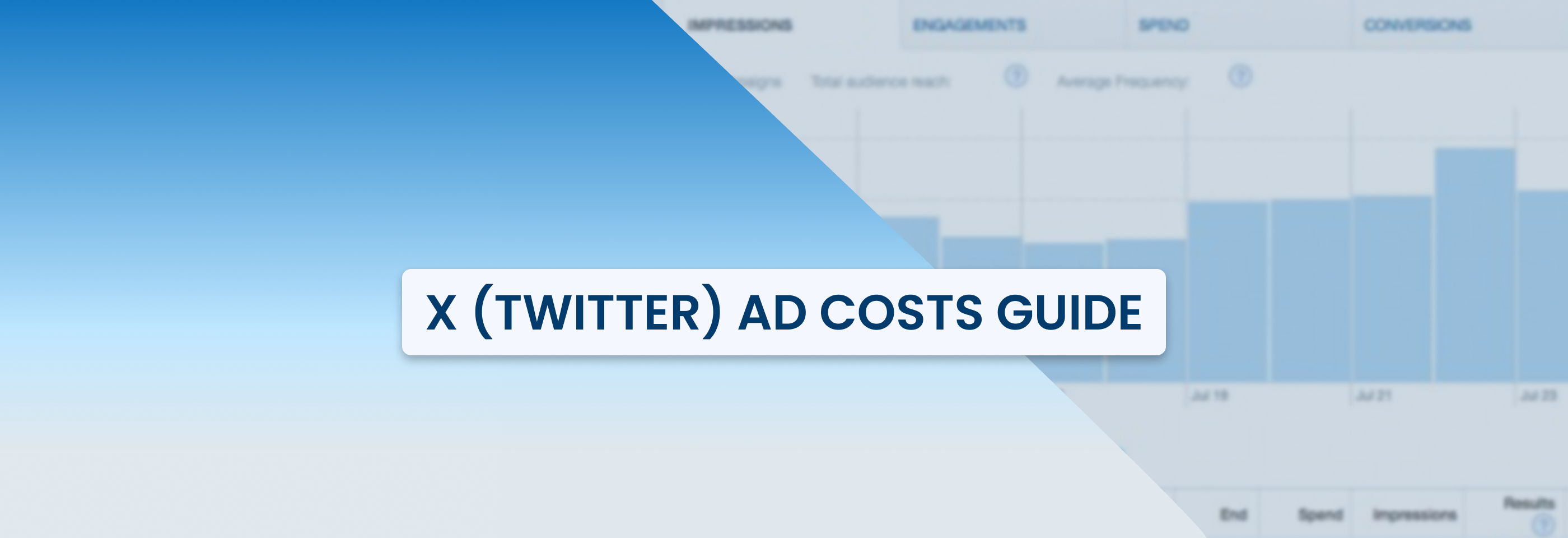How to Use LinkedIn Ads to Target the Professional Audience
2023-09-04
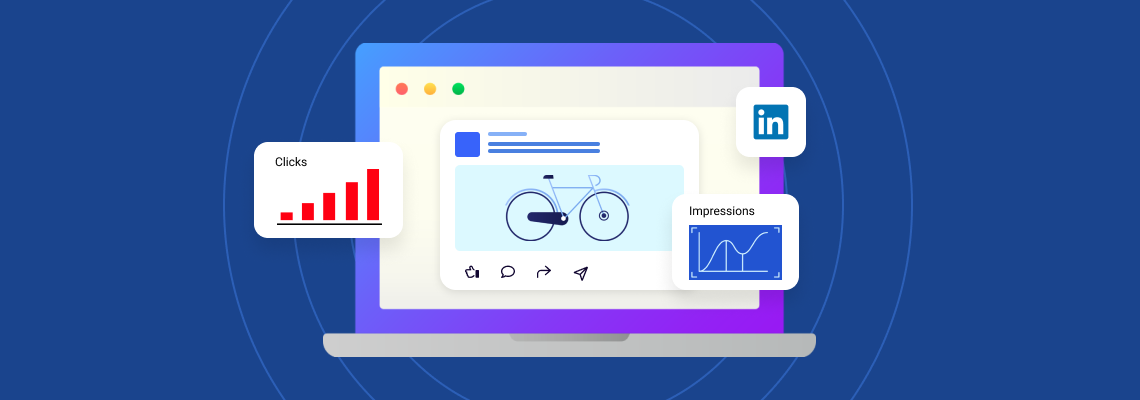
Along with Facebook and Google, LinkedIn is one of the social media offering a platform for advertisers. LinkedIn reported that their engagement rate is booming with a 50% increase compared to the last year. There are over 830 million professionals now on the social network.
LinkedIn is a powerful platform where you can reach a professional audience with high buying power. It’s the most suitable platform for promoting something like IT products, finding investors for your startup, or networking with business-minded people.
LinkedIn is more effective for B2B marketing, yet it doesn’t mean that it can’t be used for B2C as well. It all depends on your purposes. It mostly concerns B2C offering educational or consulting services to clients. In addition, many B2C companies can also recruit new employees.
How to Use LinkedIn ads to Target the Professional Audience
Campaign Manager is an ad management tool to help you create and launch ads on LinkedIn. If you’re already familiar with Facebook ads and their Business Manager, you can spot some similarities and quickly navigate through the LinkedIn Campaign Manager.
To make your life easier, we’ve prepared a comprehensive guide covering the main steps and describing the functionality of LinkedIn ads. It will help you not to get lost and minimize the beginner’s mistakes in launching your first LinkedIn advertising campaign.
The first thing you should know is that if you’re planning to advertise on LinkedIn, you need to have a LinkedIn company page and an Ad account set up. Without them, you won’t be able to create and launch an ad on LinkedIn.
Campaign manager structure
We can’t skip mentioning account structure to give you an understanding of how it all works. Before you start advertising on LinkedIn you’ll need to create a Campaign manager account. There you’ll keep all your advertising assets.
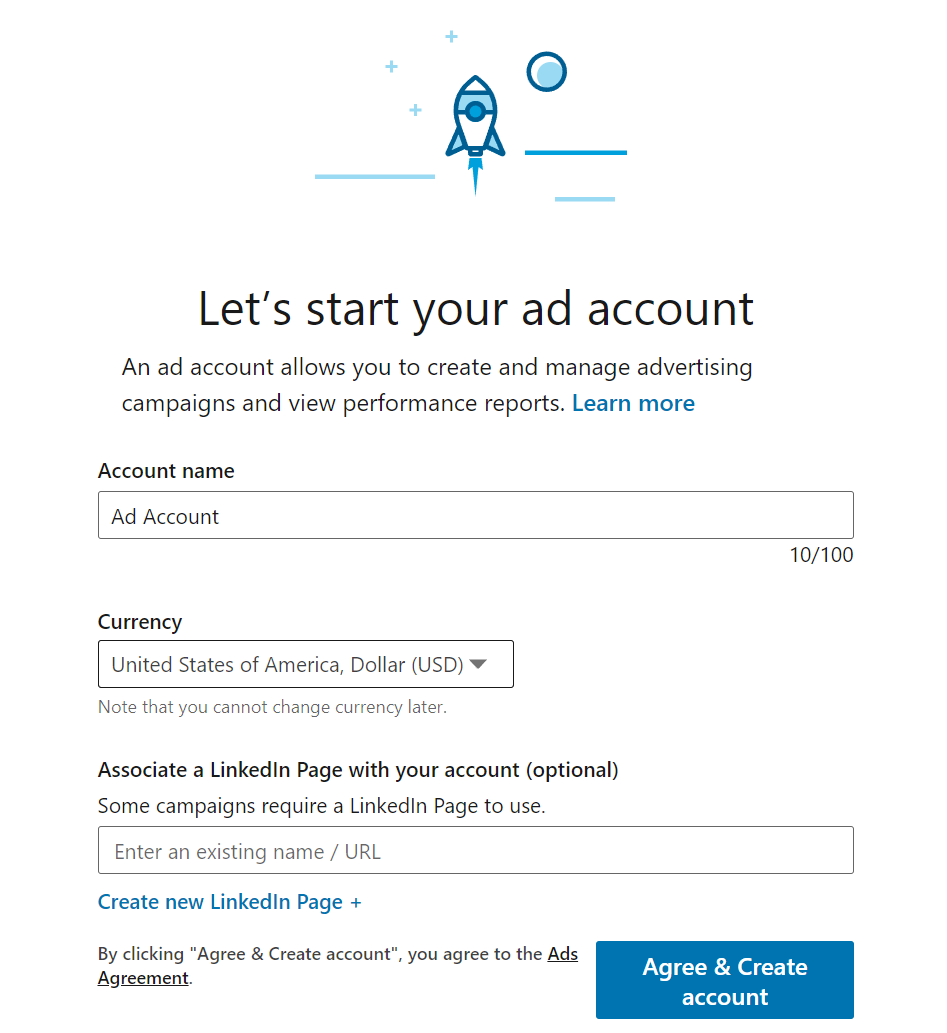
You’ll be offered to associate a LinkedIn Page with your account. It says optional but I recommend creating a page if you don’t have one. It is necessary for running some ad types.
Campaign manager is an ad management tool that allows you to create, run and monitor your ad campaigns in a single place.
It has the following structure:

- You are able to create multiple Ad Accounts and manage them all within a single Campaign Manager. It is especially convenient for those who run multiple businesses and launches ads for them all at the same time.
- Campaign Groups helps you gather different campaigns. By placing related campaigns together, you’ll be able to set total budget, manage their status, and keep an eye on their performance.
- Campaign includes all the settings needed for your marketing strategy such as objective, audience, ad format, placement, schedule, and so on.
- Ad level represents the creatives you set, i.e. images, videos, and texts. Everything that users see in the ad is set on this level.
So, let’s move to the ad campaign creation. Click on “Create” and select “Campaign”.

Here are the steps you’ll need to take:
1) Сreate a campaign name
First of all, any campaign setup starts with choosing a name and it’s just as important as any other step. Make sure to include as many details that would help you identify the campaign you’re looking for as possible. LinkedIn recommends including the following:
- Business line/product
- Reference to the marketing campaign title
- Campaign type (i.e. Webinar, whitepaper etc.)
- Geo/region
- Industry/function if the campaign is vertical specific
- A unique campaign ID that matches with your other channels
- A date range for the campaign timeframe
2) Select a Campaign Group
Select an existing Campaign Group or create a new one.

3) Campaign objective
The LinkedIn team points out that planning is essential because you need to see where you’re going, and the objective is where the planning starts. The right choice of your campaign objective will help optimize your ads to reach the right audience and gain better results.
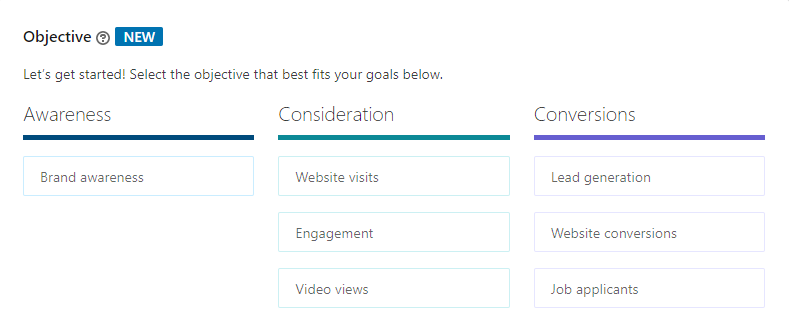
As of now, LinkedIn offers the following types of objectives:
- Awareness: to help raise your brand recognition across LinkedIn users.
- Consideration: to increase engagement rate.
- Conversions: to generate leads and bring users to conversion.
For companies with an active LinkedIn Recruiter contract, there is an additional Talent leads objective.
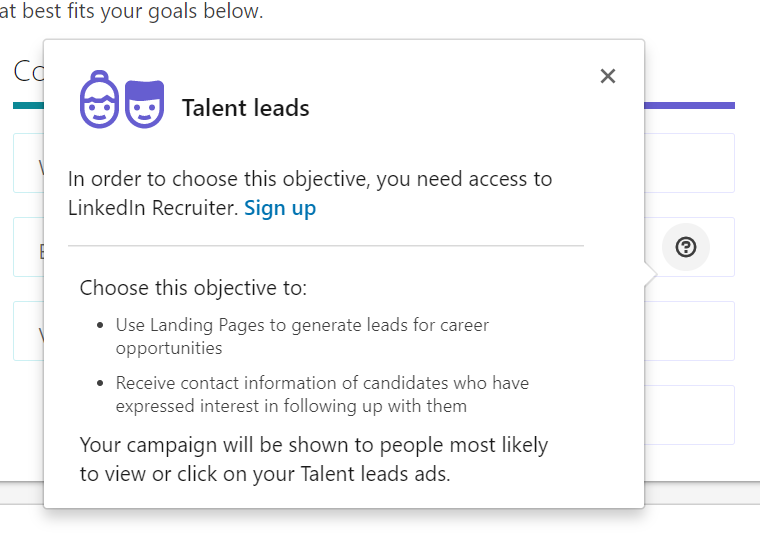
The objective determines available ad formats, bidding types, and optimization goals. The choice of an objective is tied to the desired action. For example, if you want people to go see your landing page, you should choose Website visits. If you want to get a customer list for further retargeting campaigns, Lead generation would be the best option.
The great thing is: LinkedIn provides the following popups giving you advice on what objective to choose for what purpose:
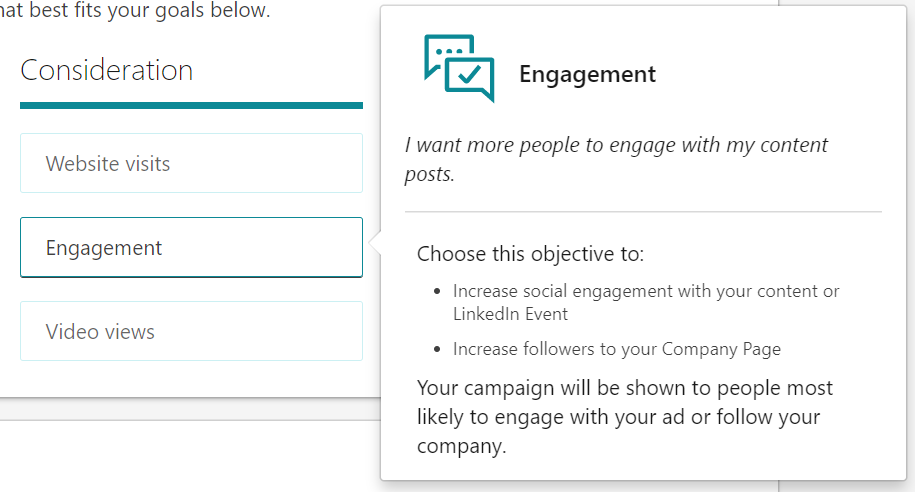
4) Audience targeting
Now that you’ve decided on your objective, it’s time to set up your target audience. And the targeting options are what make LinkedIn a goldmine. Unlike Facebook, people on LinkedIn are most likely to indicate real information about their education and professional career. Thus, on LinkedIn, you can unmistakably target people by different targeting criteria like the company where they work, their demographics, education, job experience, and interests.
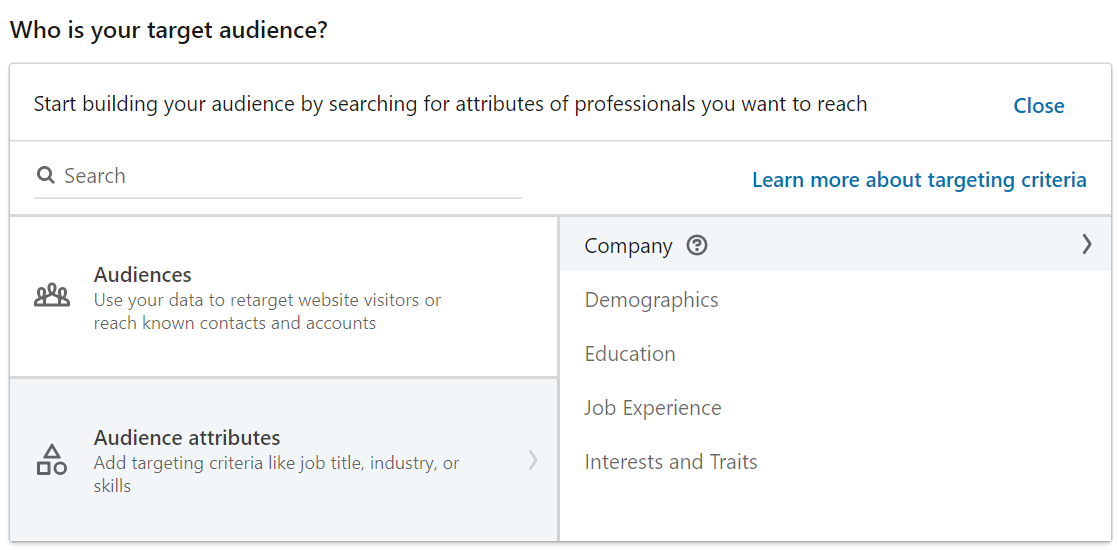
You can narrow the audience and target the audience matching multiple features at the same time, or exclude the audience that you don’t want to be included.
Some tips concerning an audience:
- The minimum audience size for sponsored content ads is 50k
- The minimum audience size for Inmail ads is 15k
- Don’t use audience expansion at the beginning of your campaign. Consider adding this targeting option a few weeks after launching. This way you’ll get more accurate statistics on how the selected audience will work.
- You can add more than 1 filter but pay attention to the fact that LinkedIn creates audiences based on “AND” statements. It means that each added filter narrows your audience because the user should have all the selected features at the same time. However, if you want to exclude some filters, you can use the “Exclude” option.
Matched audiences
Matched audiences that you can find under Account settings menu allow you to target people that already interacted with you or are similar to them. There are three types of audiences you can create:
- Upload your own CSV list of prospects. It can be either a company list or a contact list.
- Create retargeting audiences based on people who previously interacted with your Company page, event on LinkedIn, video, website, or left their personal information in a lead gen form.
- Create a lookalike audience. Lookalike audiences are built of people who have similar characteristics to the selected audience.
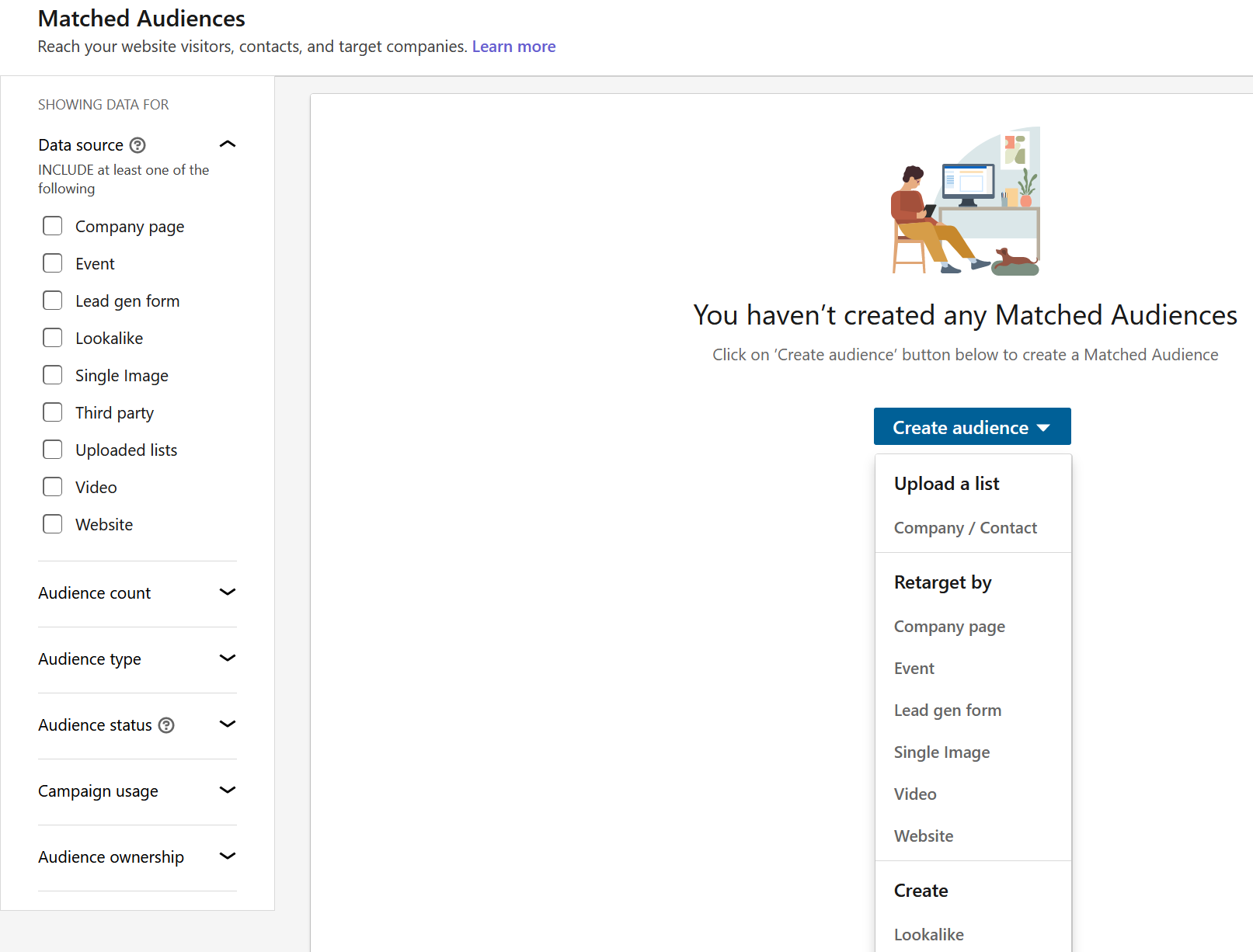
Visit this page for more information on the topic from LinkedIn.
5) Ad format
LinkedIn ads offer multiple ad formats to choose from. Depending on the objective, the choice of an ad format may vary. Let’s get the idea of the ad formats available on LinkedIn and decide on the one most suitable for your ad type.
Ad formats are divided into several categories:
1. Sponsored content ads look a lot like Facebook ads. They appear in the feed like promoted posts or Lead Gen forms. Promoted posts simply consist of a headline, description, promoted link, and image. It can be replaced by a video or carousel, consisting of a few images.
Lead Gen forms are only available under Lead Generation objective. These are the forms pre-filled with users’ personal information that they can submit in one click. You can include up to 12 fields, however, it’s recommended to use a maximum of 3-4 fields. As you might have guessed from their name, Lead Gen forms serve to collect leads that you can further use for retargeting campaigns.
Here are the types of ads in this category:
- Single image ads include one image and appear directly in the feed.
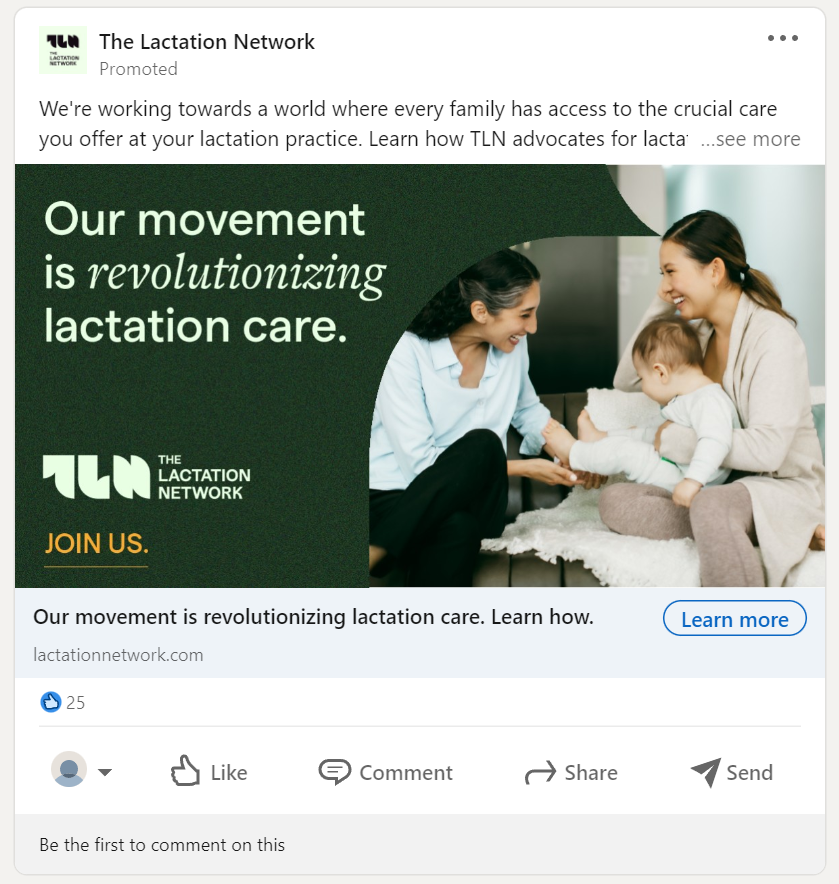
- Carousel ads display a succession of images. Each of them can be customized to have unique images, captions, and destination links.
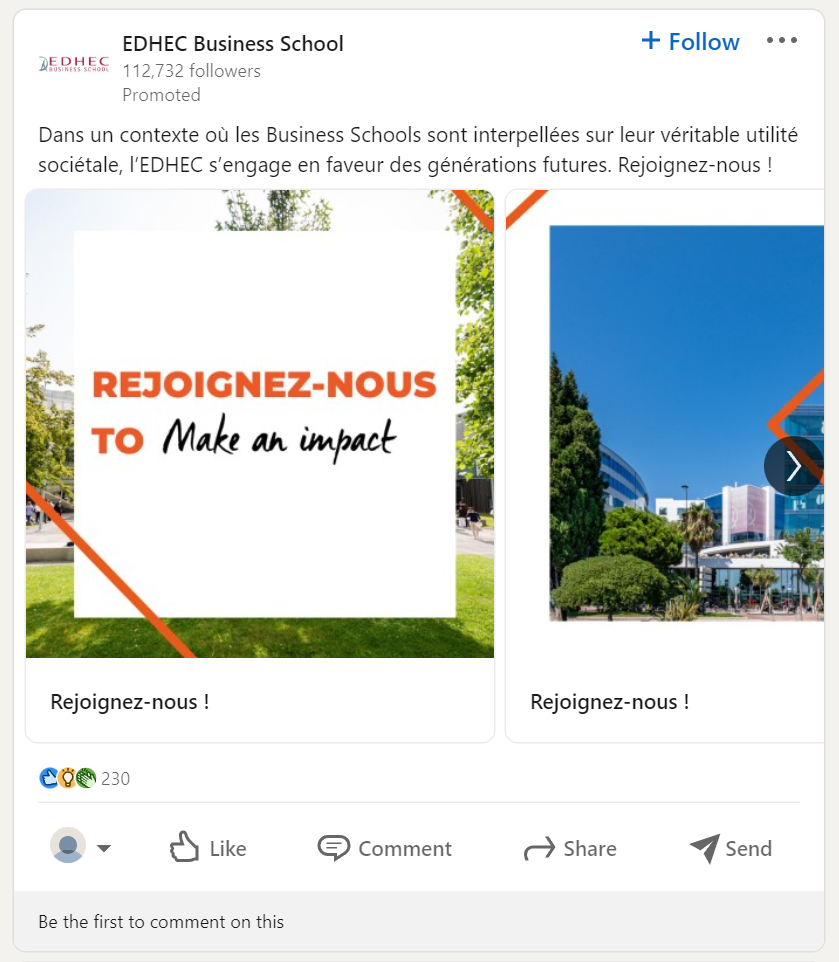
- Video ads allow you to share a story about your brand using video content.
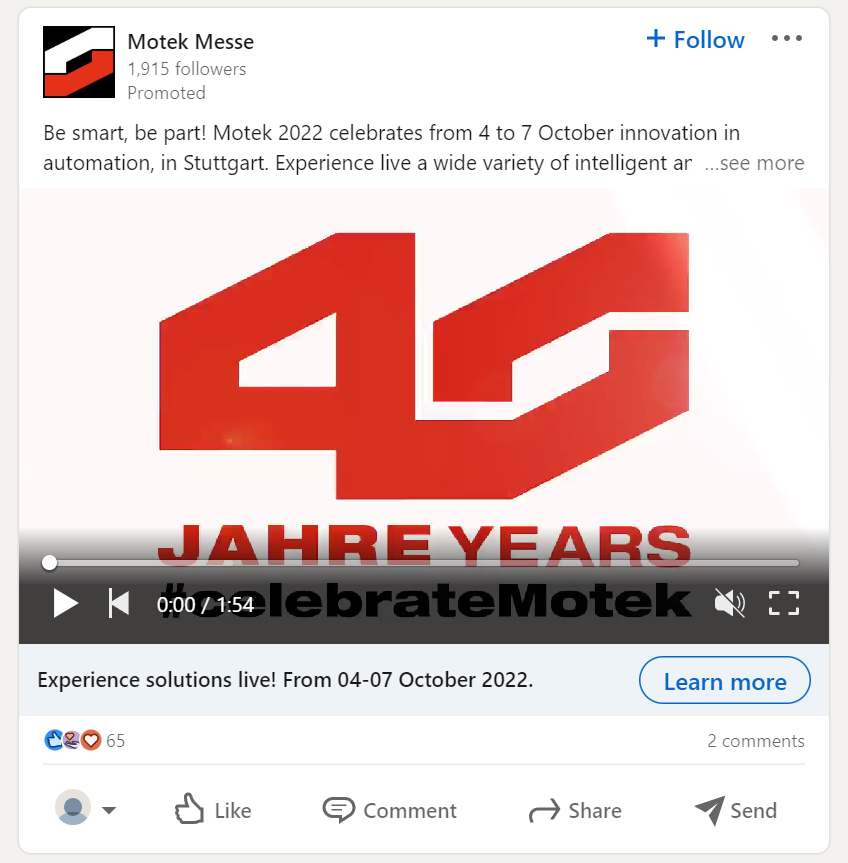
- Single job ads promote one job opportunity and are shown in users’ feed.
- Event ads allow you to promote LinkedIn Events.
2. Sponsored messaging, or Inmail ads, is the pile of letters you might receive in your LinkedIn inbox. They can be of different content and purpose: offering some service, product, or maybe even a job. You can automate a mass mailing to reach your prospects.
Sponsored messaging ads will be charged based on the messages sent regardless of the selected ad objective.
There’s a built-in A/B testing functionality that will let you create multiple message versions and find the best-performing one.
This ad type includes:
- Message ads are direct messages sent via LinkedIn Messages.
- Conversation ads allow you to start conversations with professionals.
3. Text ads come in two kinds: top banners like the search ads that appear on search engines like Google or Yahoo, and little text+image ads in the right rail.
The top banner ads look quite boring, they only include a short text message. Text ads on the right side consist of a headline, text, and a little square image. Such ads are charged based on PPC.
4. Dynamic ads appear on the right rail. The advantage of such ads is that they’re personalized and let you address users by their name. They can include names and profile photos of the user they’re targeted at.
To be able to create a dynamic ad you need to get in touch with a LinkedIn representative, apparently because it’s dealing with users’ personal information.
This category includes:
- Jobs ads allow you to personalize your advertising to recruit top professionals.
- Spotlight ads let you showcase your product or service and redirect users directly to your landing page.
- Follower ads encourage users to follow your LinkedIn page.
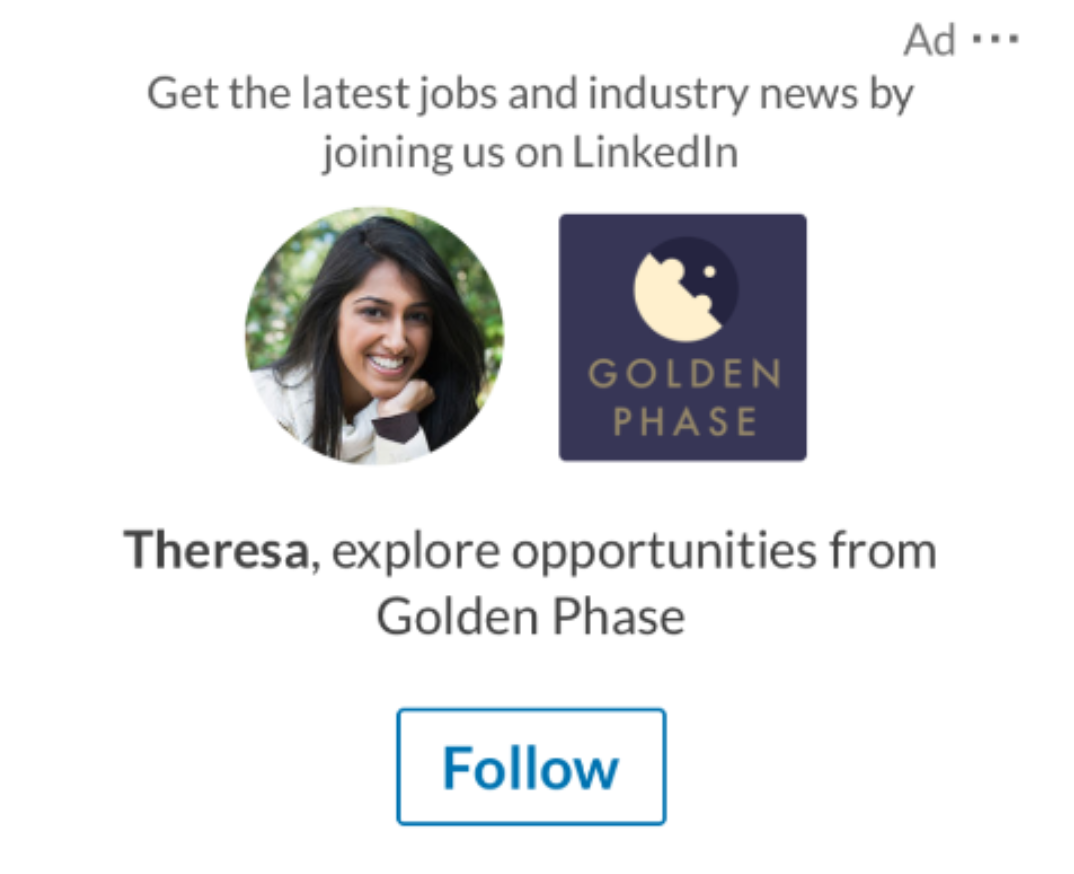
Check out this guide to get more information about LinkedIn ad formats.
6) Ad Placement
In addition to LinkedIn properties, there’s an option to use LinkedIn audience network as ad placement. LinkedIn Audience Network includes third-party partners where LinkedIn can place your ads.
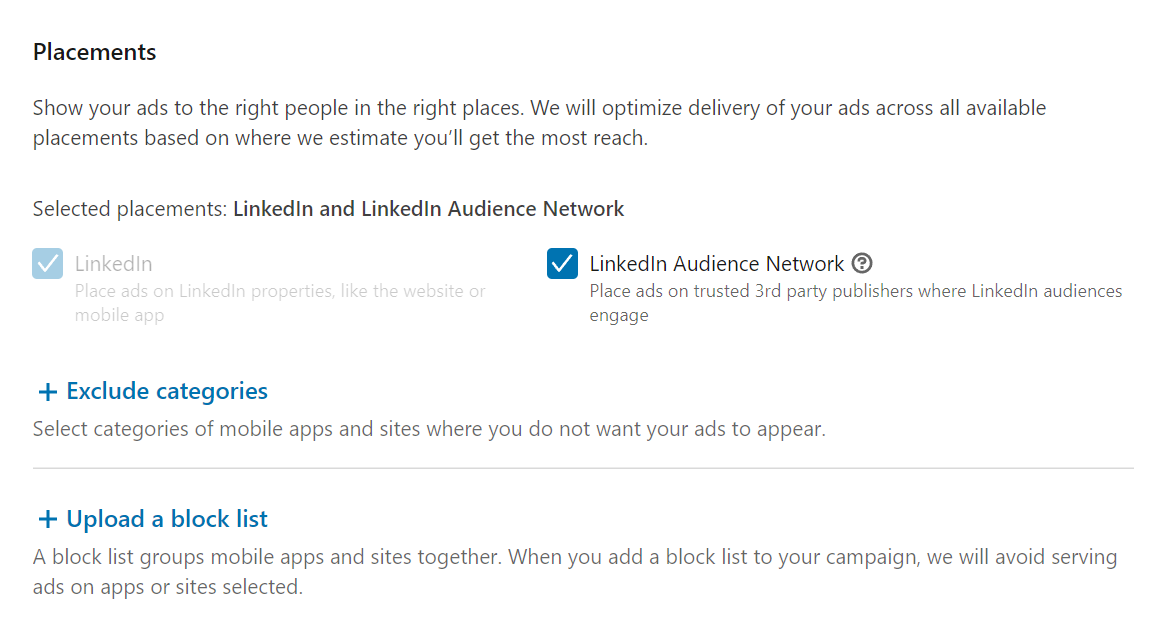
LinkedIn audience network is a feature that allows you to expand the reach by placing your ads on partner third-party apps. LinkedIn claims that it can increase your reach by up to 25%. However, choose wisely. It might be a waste of ad budget because inside apps users can click on your ads accidentally.
7) Ad Budget and schedule
On LinkedIn you can define either daily or lifetime budget, or set both.
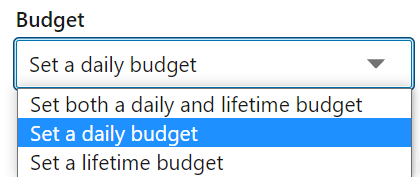
With a lifetime budget you can’t choose to run your ads continuously.
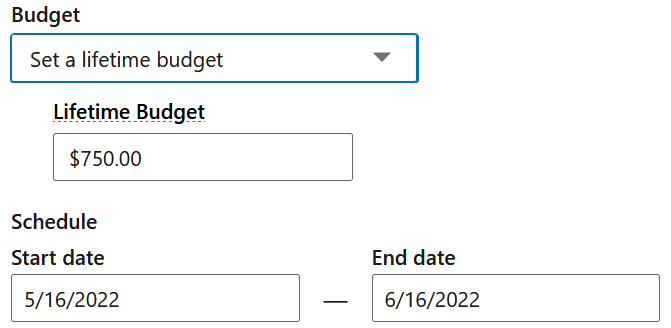
LinkedIn warns that the actual amount of budget spent may vary, so that you can spend up to 50% more on some days.
There are some essentials you should know about running ads on LinkedIn:
- Daily Budget needs to be at least $10.00
- Total budget for a campaign needs to be at least $10
- $2 minimum CPC or CPM bid on text campaigns
LinkedIn recommends not to go small with your budget in the beginning. It will take time and a lot of testing to find the ideal balance between your budget and other ad parameters. The system needs enough budget to yield results that you can analyze for further decision-making.
8) Bidding strategy
All ads take part in an auction and compete against each other to be shown to the target audience. The bid is how much you’re willing to pay for desired result (e.g. impressions, video views, etc). Optimization goals differ depending on the selected objective.
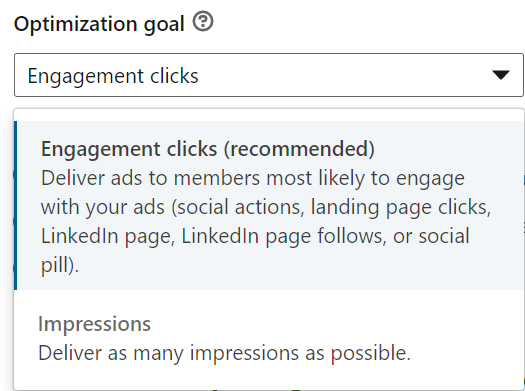
LinkedIn recommends setting a high competitive bid. They claim that you might not lose that much money, however, it will increase your chances to “win an auction”.
As for the bidding types, there’re the following options on LinkedIn, which also vary depending on the objective type:
- Maximum delivery (automated) will automatically adjust your bid to optimize for the best result.
- Target cost is also partially automated but you still set a target cost and the system will try to stay near your range and may raise the target cost value by 30%.
- Cost cap lets you set a specific cost per result that LinkedIn will use as a reference point while bidding in the auction.
- Manual bidding allows you to set the maximum bid value that the system will not exceed. With this option you get full control of your bidding. However, to make it more flexible, you can still enable bid adjustment for high-value clicks. It will automatically adjust your bid by 35% higher if there is an opportunity to get some valuable clicks.
LinkedIn provides an overview of pricing for LinkedIn advertising based on objectives. There you can find information about the best bidding strategy to choose for each type of ad.
9) Conversion tracking.
A while after running LinkedIn ads you can create a conversion to track users’ actions after they see your ads (like ads to cart, purchases, downloads). Conversion tracking lets you measure the impact of your ads on conversions. You can further get insight into the demographics of your target audience.
Conversion tracking is possible by using the LinkedIn Insight Tag. Insight tag is a piece of code you install on your website page to track users’ actions. Insight tag can also be used for retargeting campaigns.
10) Set up your ad
At this step, you set up your ad creative.
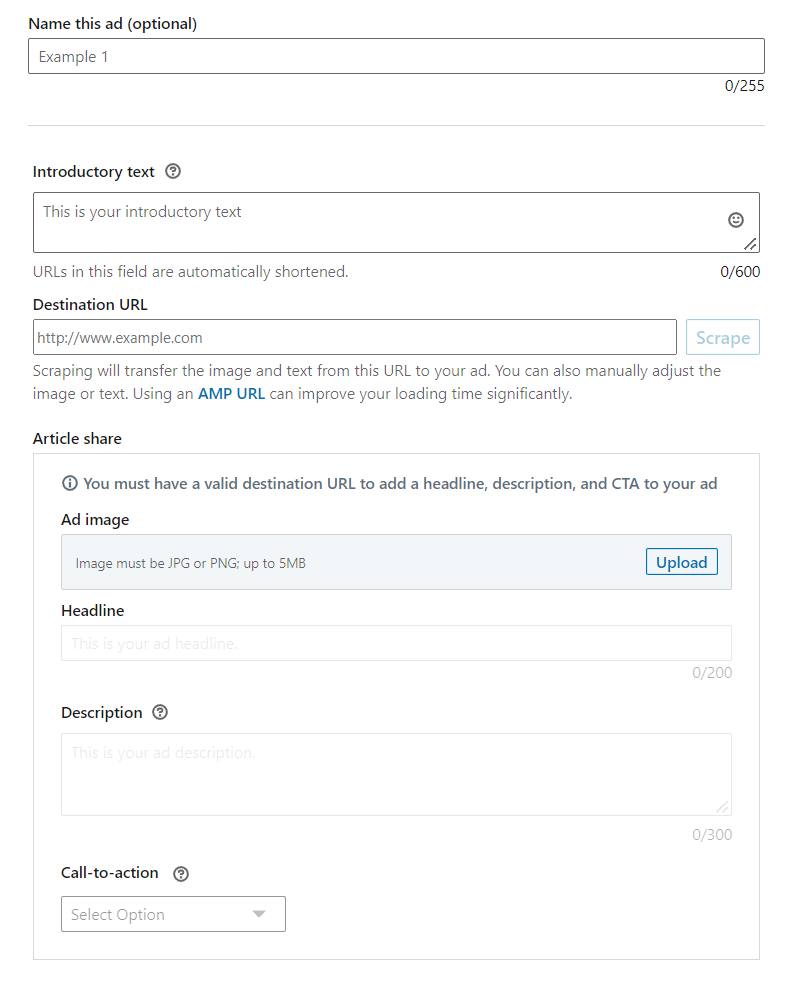
Think about the text you’re going to use in the ad, an appealing CTA that will grab attention, and visuals that will get people interested.
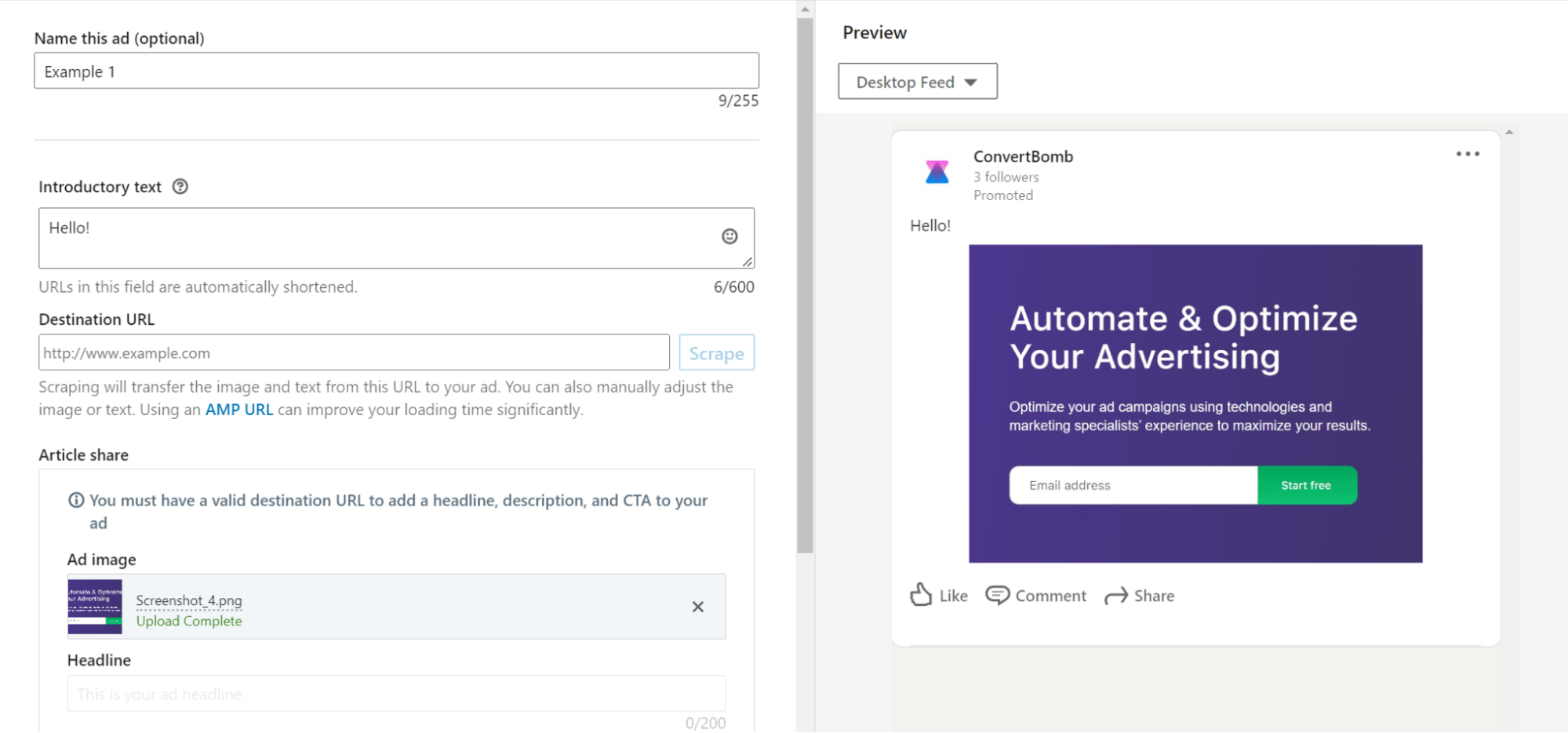
11) Ad review and launch
Review your ad settings to make sure everything is right. Before launching, your ad needs to go through an approval process. LinkedIn wants to create content that provides value to the audience. For this reason, they take the ad review seriously. This can take up to 24 hours or more, depending on the workload.
Website demographics
Website demographics is a tool that gives you insight into the demographics of the audience coming to your website and what pages they visit. There you can find a breakdown of the audience by job title, company, location, industry.
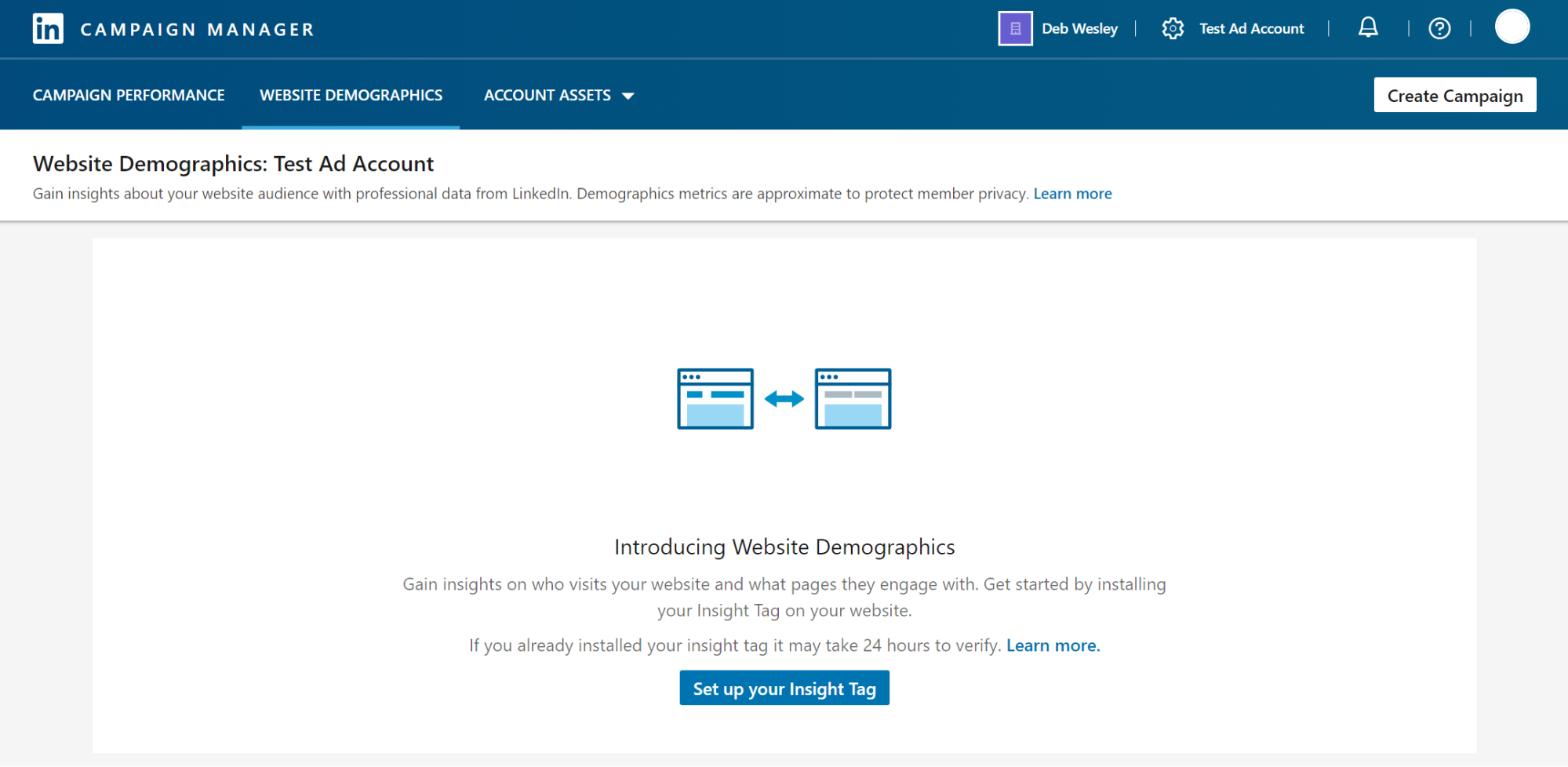
12) Track performance
Launching an ad campaign is just half a success. It’s crucial to track the performance of your ads, A/B test different versions, turn off worse-delivering ads, and increase budget for the high-performing ones with the help of automated rules on ConvertBomb.
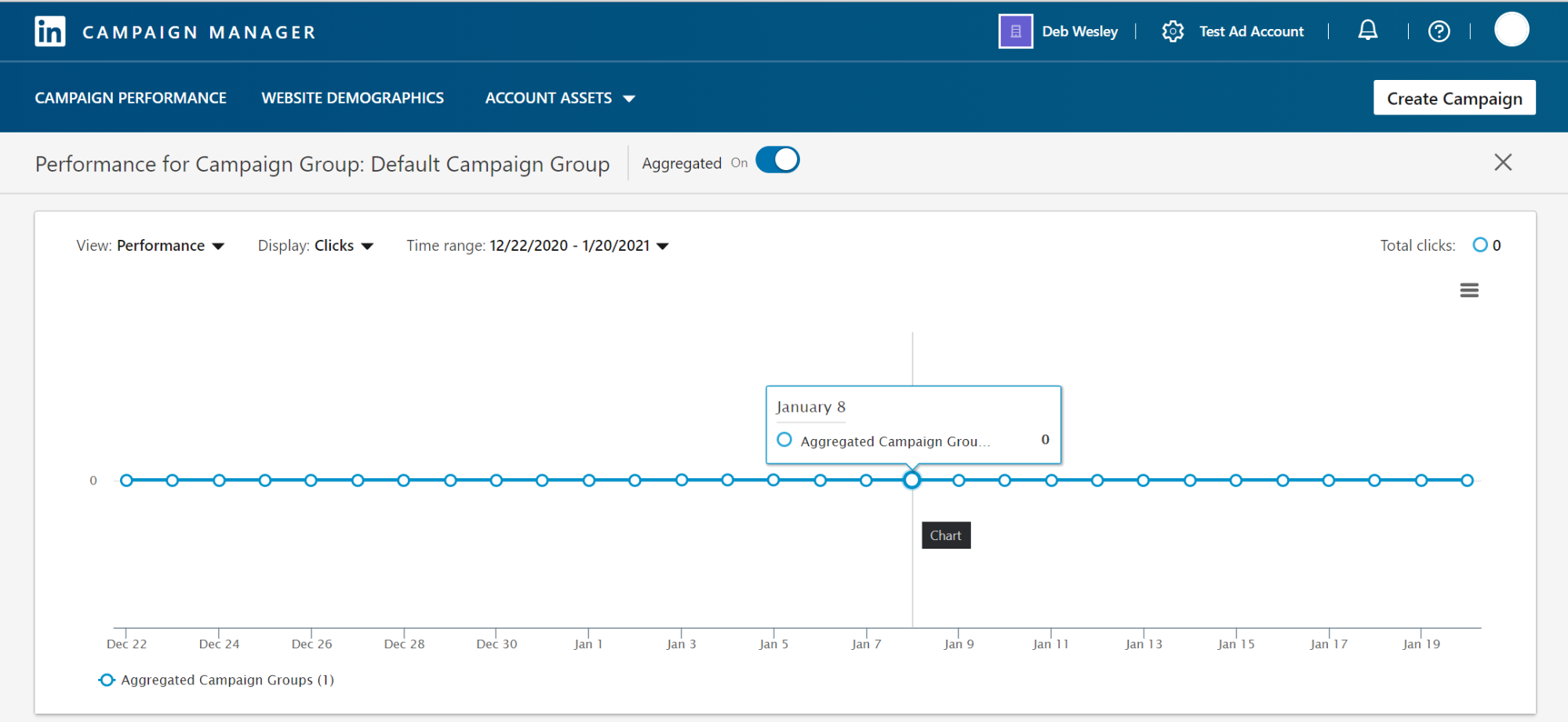
In short, don’t leave your ads unattended. Analyze the performance of an ad campaign and be ready to make changes if action is needed.
Conclusion
LinkedIn ads are more expensive than Facebook or Instagram ads. However, it’s not a matter of cost when it comes to the need for targeting a professional audience. There’s no other social media like LinkedIn where people tend to indicate full information regarding their education and job experience. There’s no reason not to: LinkedIn is a platform people use for networking and recruiting employees. Follow our little guide and make use of LinkedIn advertising to reach the right audience.

